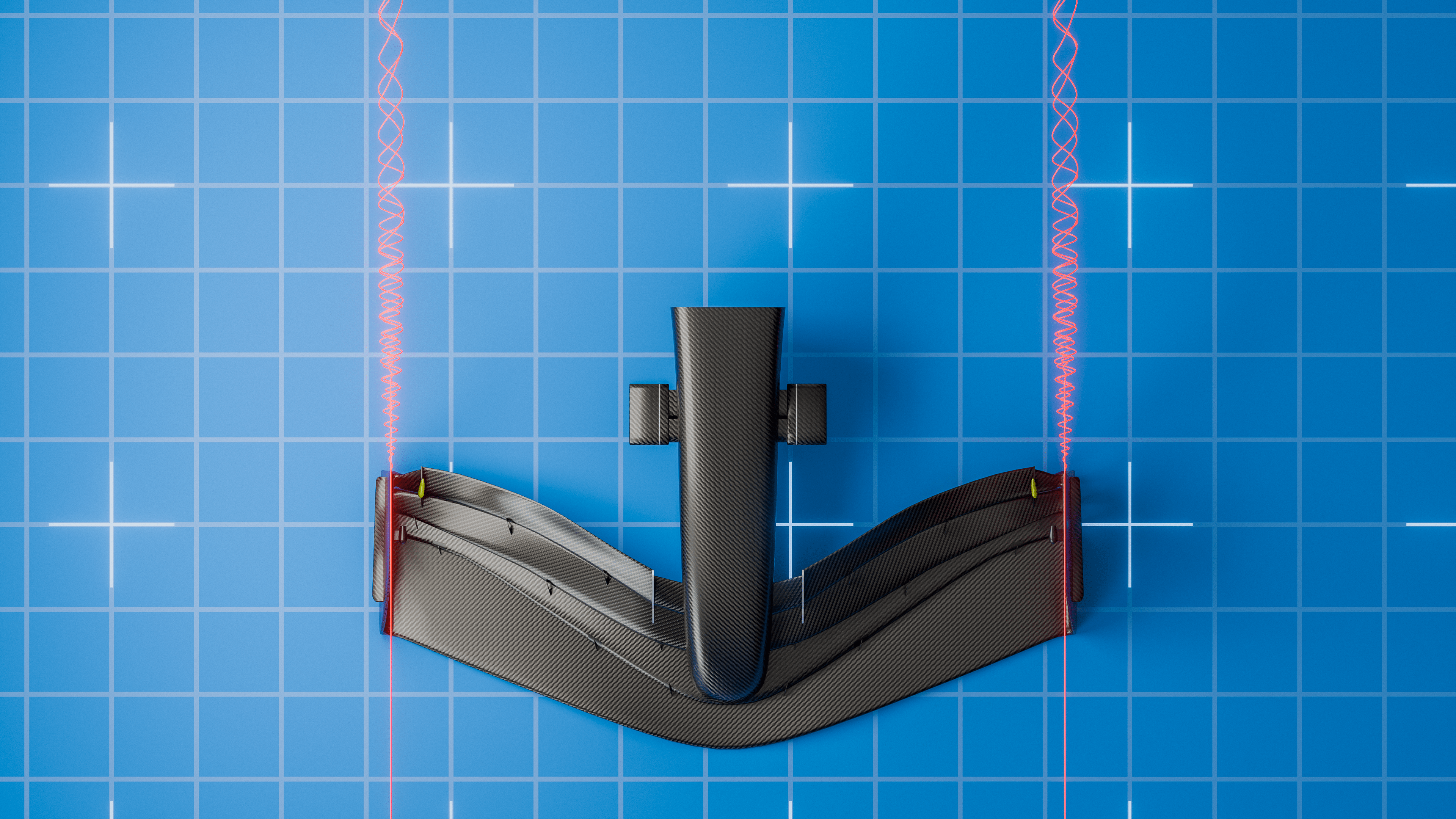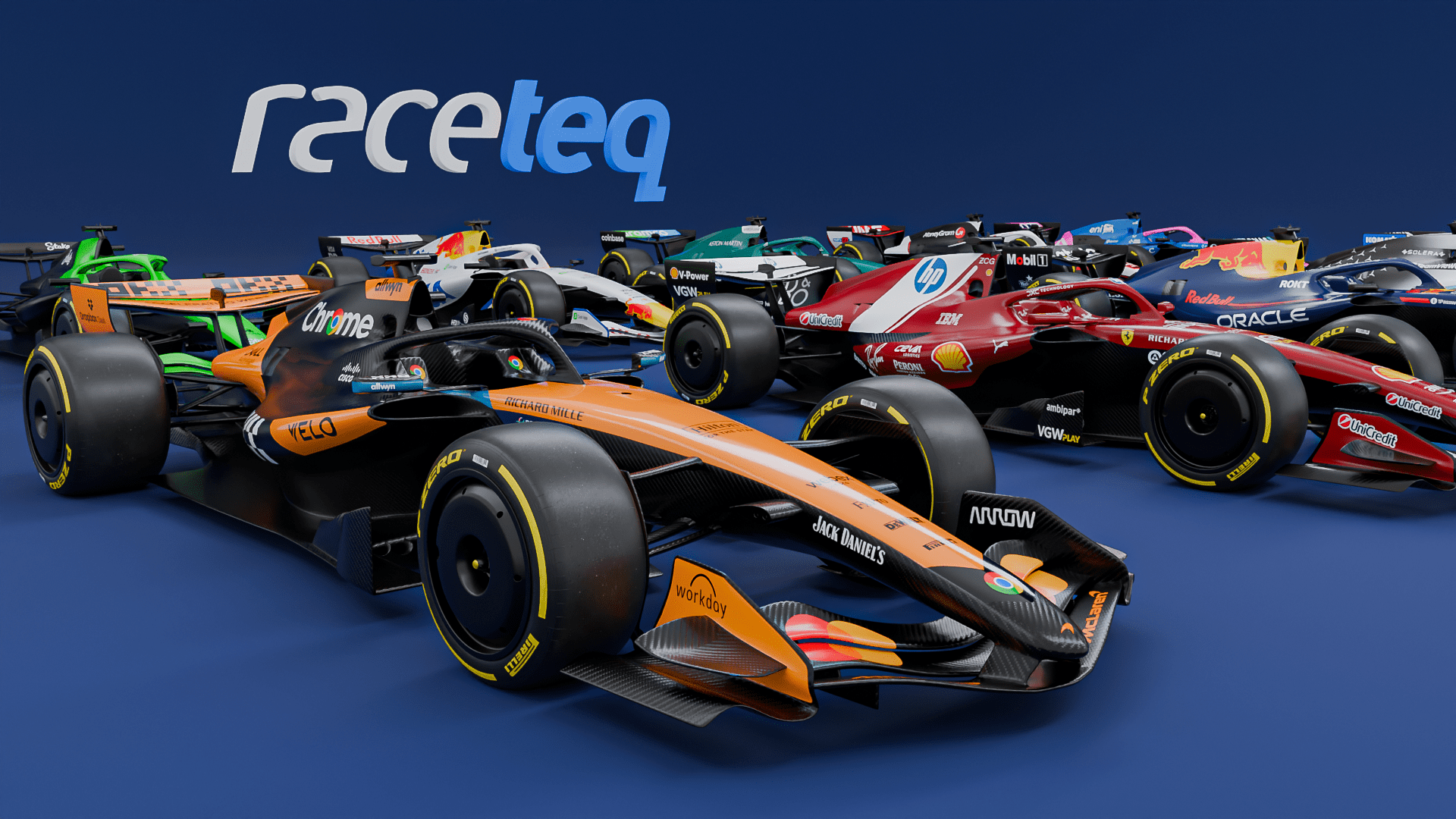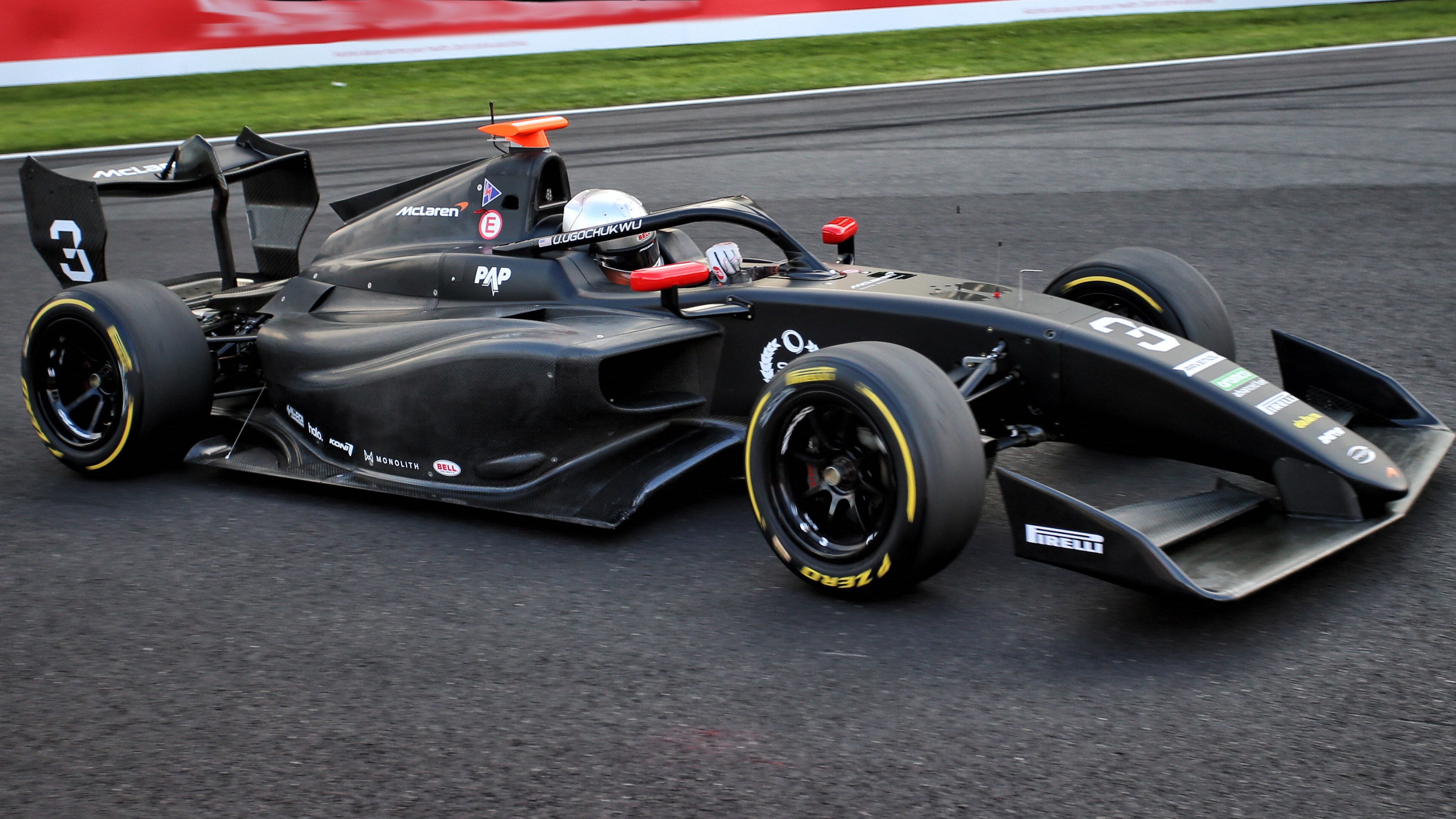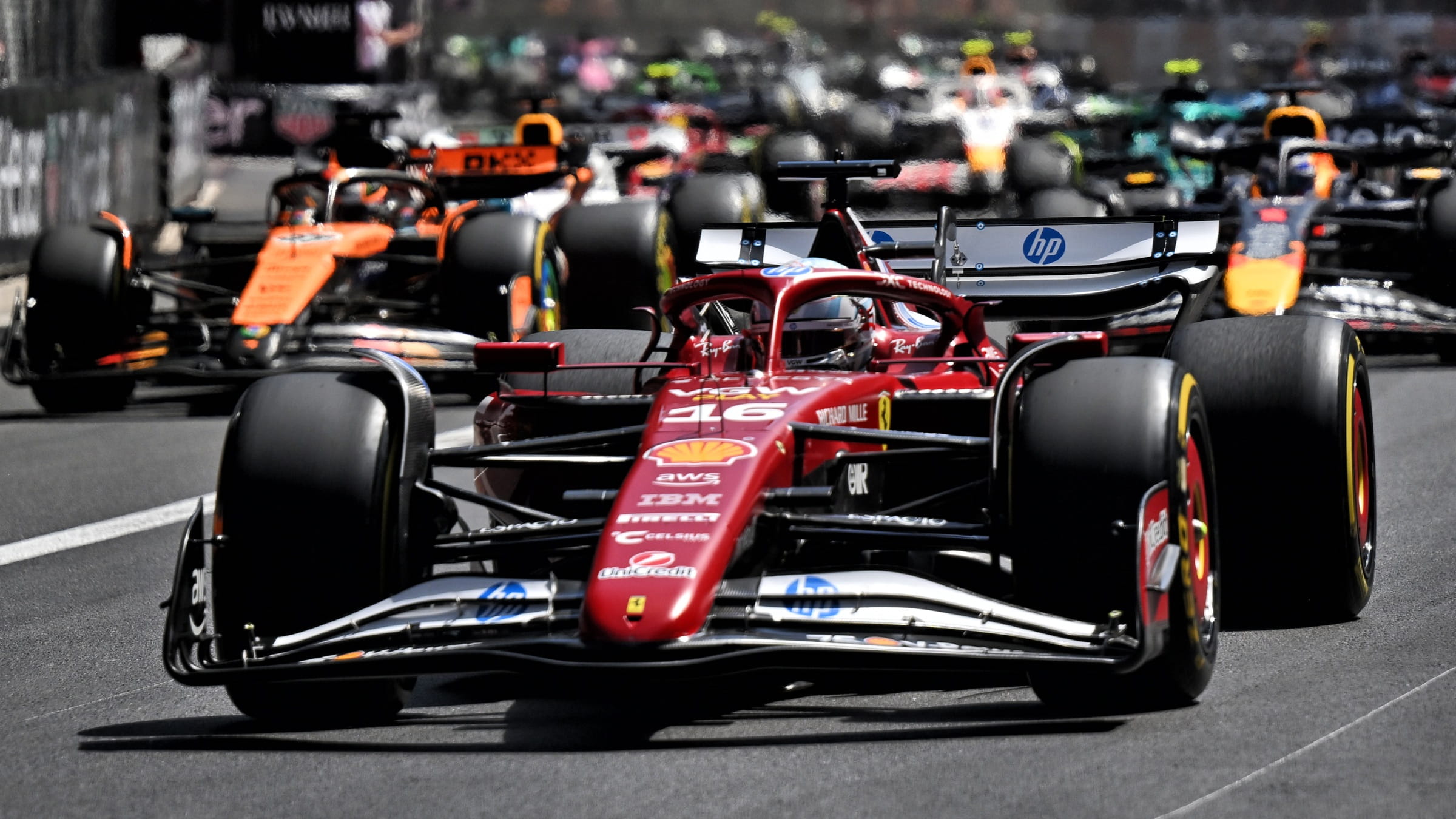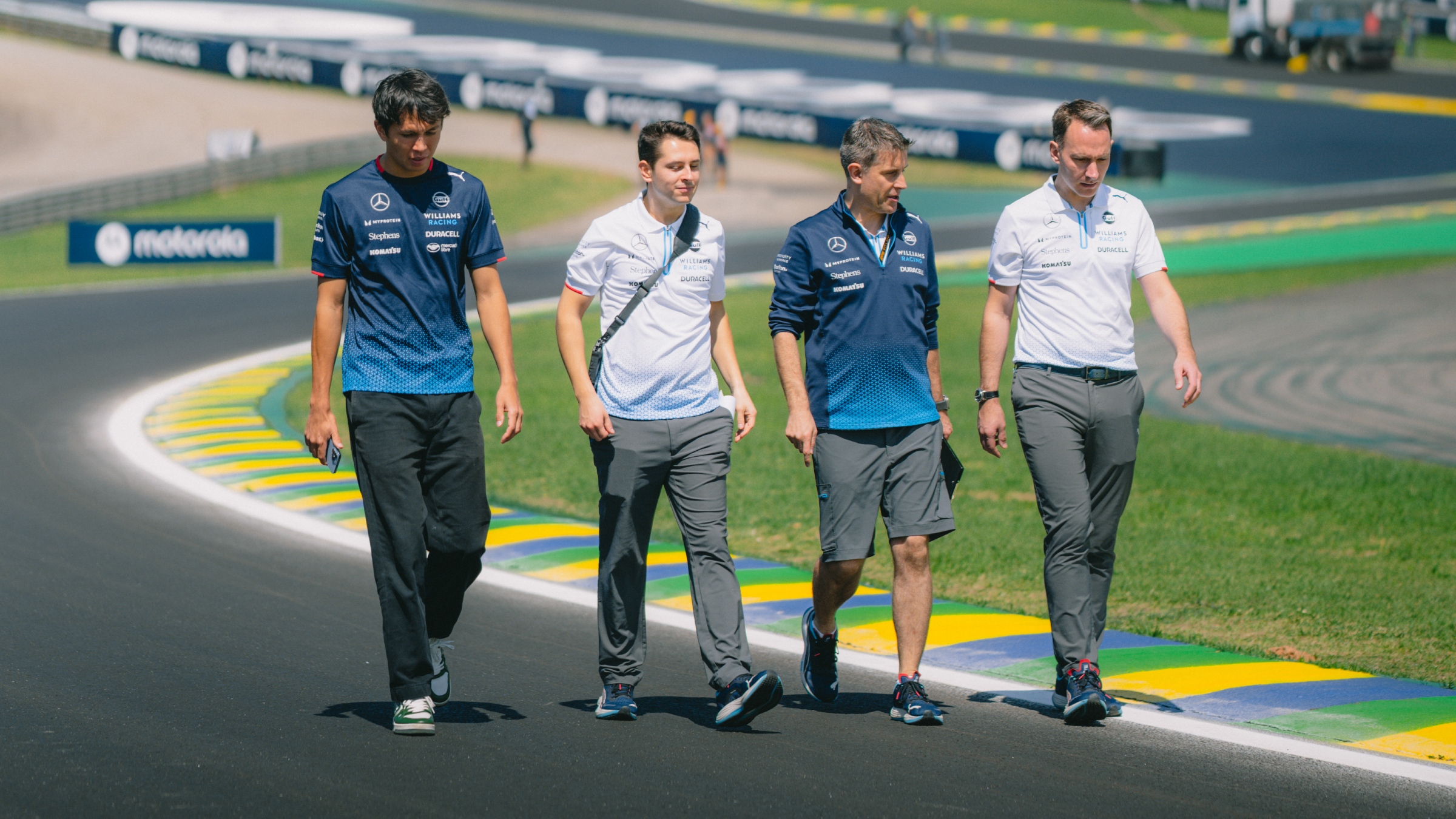Car
Analysing the ‘last’ Aston Martin Formula 1 upgrade of 2025
by Samarth Kanal
7min read
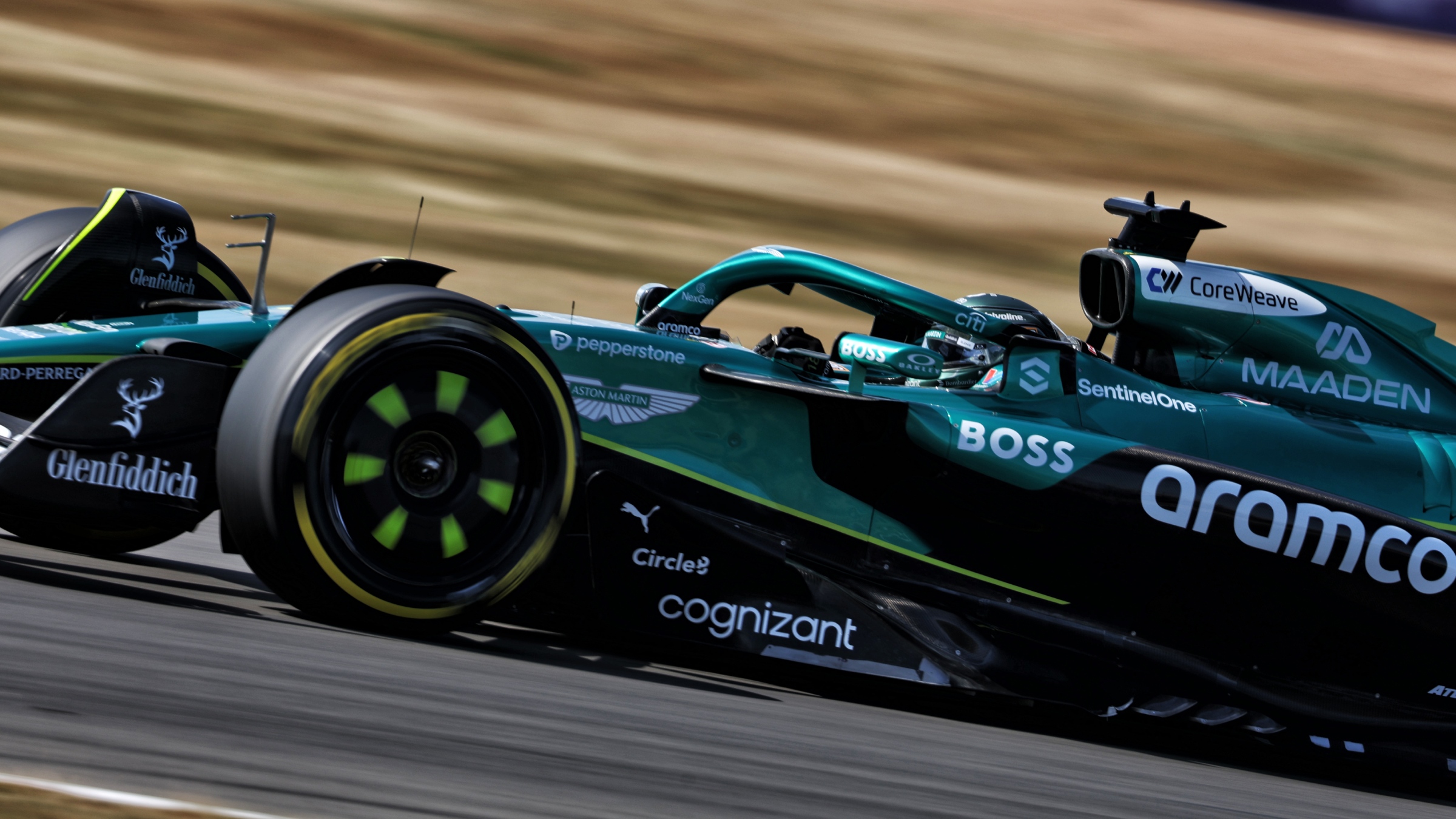
Formula 1 teams enjoyed their final windtunnel runs with their current cars of 2025 in late June before the British Grand Prix - and Aston Martin was the team with the biggest upgrade package at Silverstone.
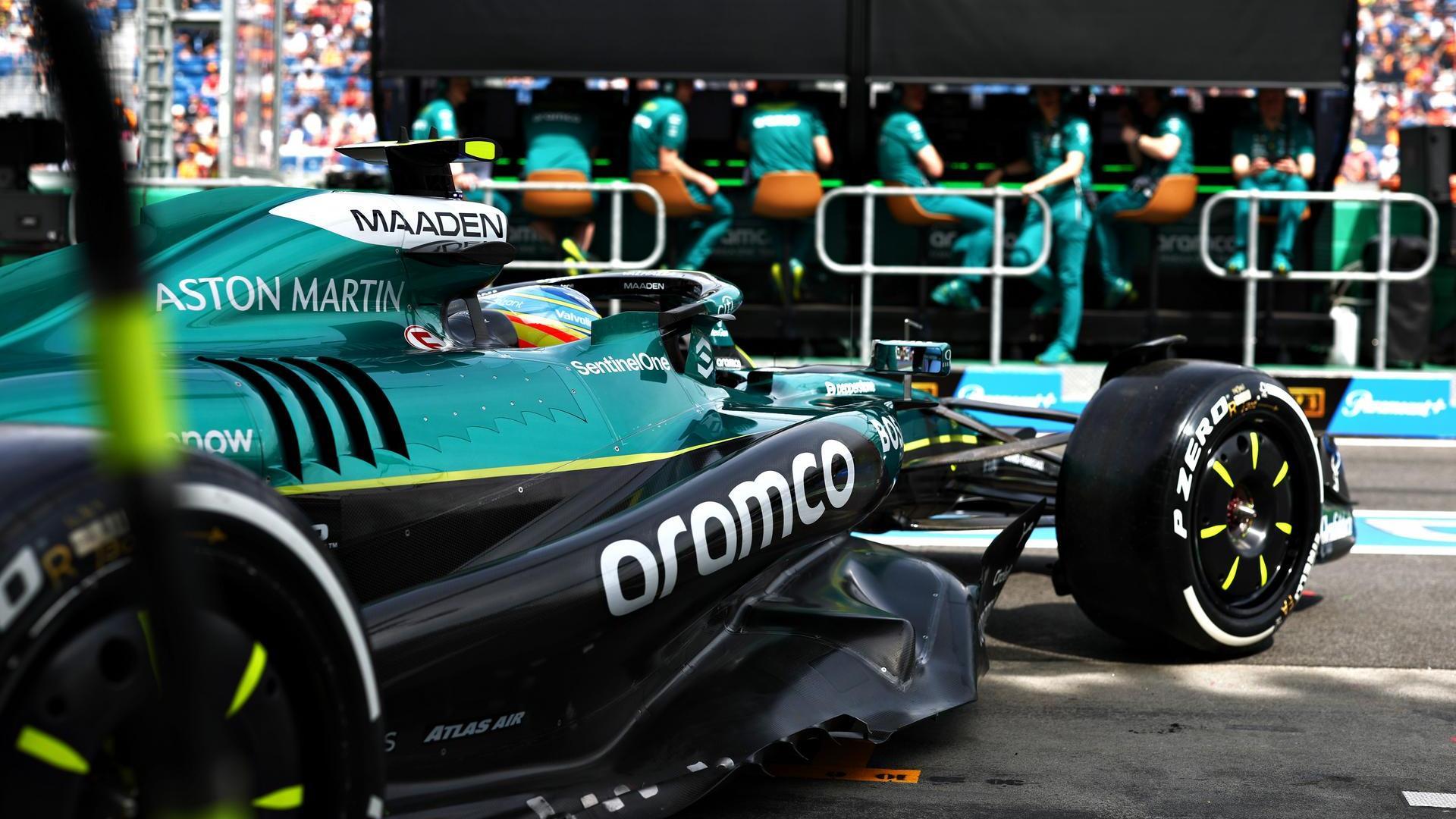
Sign up for a newsletter and we'll make sure you're fully up-to-date in the world of race technology
It brought changes to the floor and Coke bottle/engine cover of the AMR25 in an attempt to improve performance for this year’s contender - and next year’s car.
Aston Martin ran the upgrade on Fernando Alonso’s car in first practice at Silverstone before extending it to team-mate Lance Stroll’s car in second practice.
Aston Martin ran the upgrade on Fernando Alonso’s car in first practice at Silverstone before extending it to team-mate Lance Stroll’s car in second practice.
What upgrades did Aston Martin bring to the 2025 British Grand Prix?
Aston Martin declared four upgrades, but three of them were centred on the floor and the underfloor, meaning much of the update wasn’t readily visible.
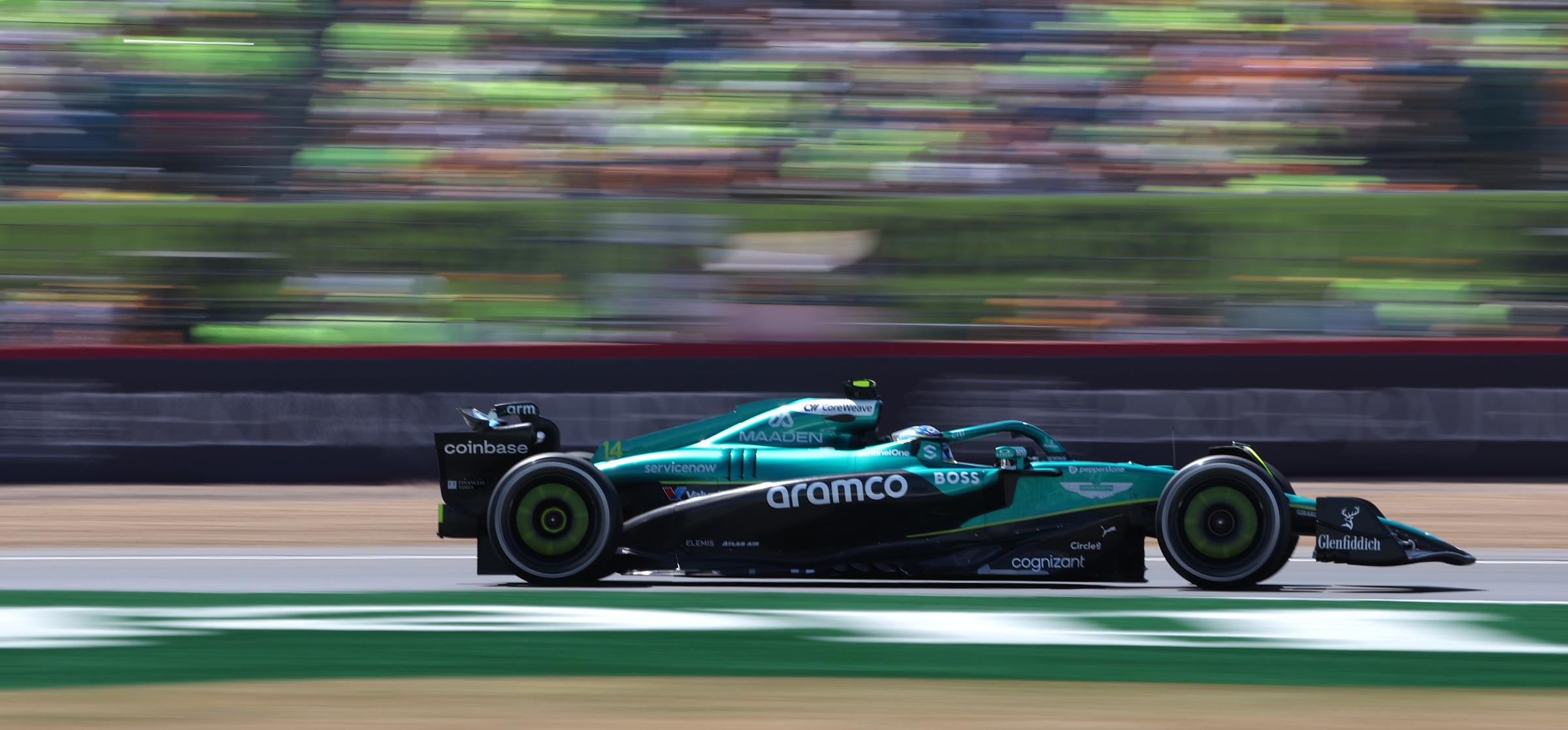
Fernando Alonso drove with the upgraded AMR25 in first practice at Silverstone
“We have a new floor and top bodywork,” said team principal Andy Cowell of the new update.
The floor body, floor fences, and floor edge - three areas encompassing the majority of the floor from the front to just ahead of the rear wheels - were all reshaped to increase downforce generated by those areas, as well as to improve the flow structure, which is the pattern of airflow coming off those areas.
Flow structure is an important feature to control as it affects how well downstream bodywork can generate local flow. Detached or even turbulent flow disrupts the downforce-generating qualities of parts like wings, so preventing this is key in F1.
“This builds on the Imola update, but whereas Imola focused more on the shape of the top bodywork, this one focuses more on the floor with a small modification to the top bodywork, aimed at improving the quality of airflow around the rear tyres.”
Aston Martin also reshaped the top deck of its engine cover, which Cowell said was a change “aimed at improving the quality of airflow around the rear tyres”.
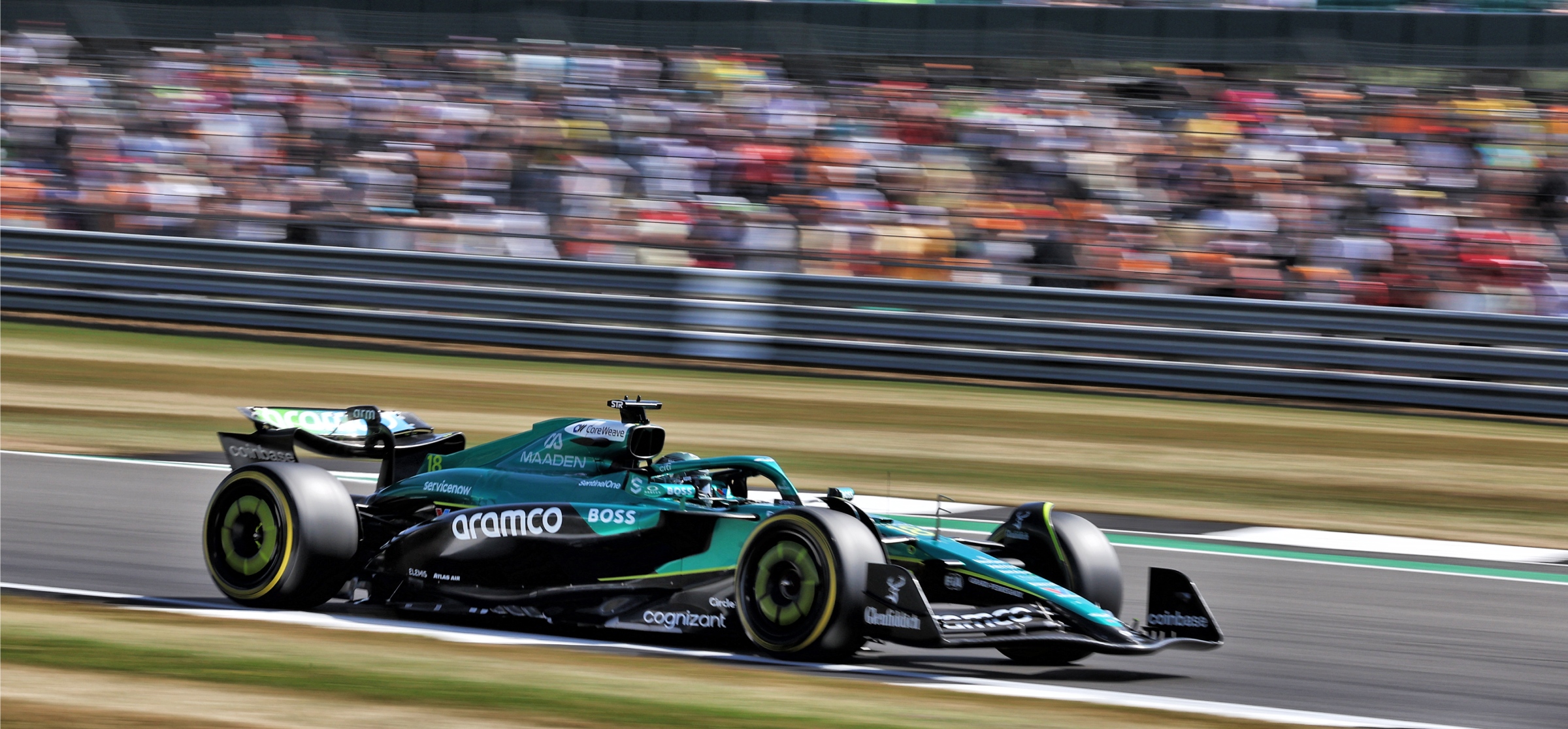
Lance Stroll’s car was fitted with upgrades for second practice in 2025
Why the AMR25 could prove useful in 2026
Cowell said that the AMR25 upgrade is “probably it in terms of 2025 updates” before the team’s home race - but he revealed to Raceteq after the British GP that there would be another upgrade coming at the 2025 Belgian GP in late August.
He explained that Aston Martin’s relatively new windtunnel has helped it “speed up development” as it no longer has to travel to use the nearby Mercedes windtunnel.
"We've completed our final scheduled windtunnel run on the AMR25 - though, as I've just suggested, that could change because of the speed with which we can now organise a test.
“There are not, however, any more planned tests," said Cowell.
During the British GP weekend, Cowell added that the team is now “99%” focused on building the 2026 car in preparation for a new era of technical regulations, but he clarified that this might not be the only time the current car enters the windtunnel at its factory.
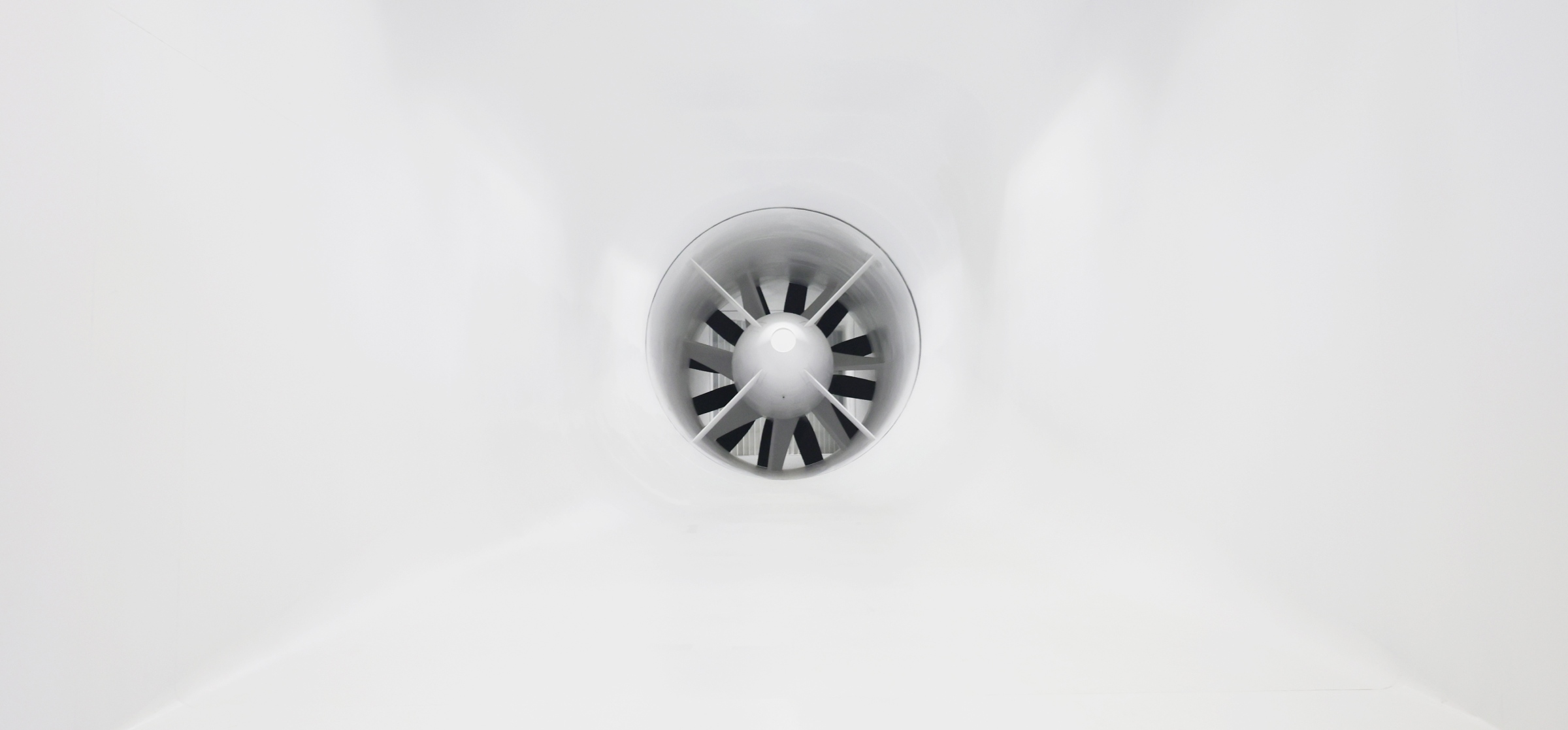
The windtunnel at Aston Martin’s recently-built factory across the Silverstone Circuit
“I've got an open mind to the fact that what we learn here this weekend might mean that we drop the ‘25 car back in the windtunnel just to close the loop,” said Cowell.
“So, we're not saying absolutely no ‘25 model running, because now we've got our own tunnel we can test seven days a week, any hour of those seven days, and it's easy just to slot the model back in and learn a little bit more, so long as it helps us with the learning of creating a Formula 1 car, aerodynamics in CFD, aerodynamics in the windtunnel, and aerodynamics on the track, and joining those three worlds together.
“So, it will be for the learning in readiness for '26 and '27.”
As he assessed the upgrade at Silverstone after the 2025 British GP, Cowell said: “Thankfully, we didn't have any issues because we didn't have any spares. I can say that now! We've got another significant bit that we're bringing to Spa.
“But, really, in [wet] conditions like today, you don't gather a huge amount of information about the aerodynamic package because you're running in such changeable conditions. So, it would be a difficult challenge for everybody to look at the data...
“And then we'll typically have a Tuesday morning meeting to discuss how things have gone, which gives people time to either travel back or look at the data and then we'll make a decision and go forward based on the data.”
With the aerodynamic testing regulations having reset to a new allocation on June 22, 2025, every team on the grid will likely be focusing on only using the windtunnel to test parts for next year’s contenders and hit the ground running for the new era of F1.
